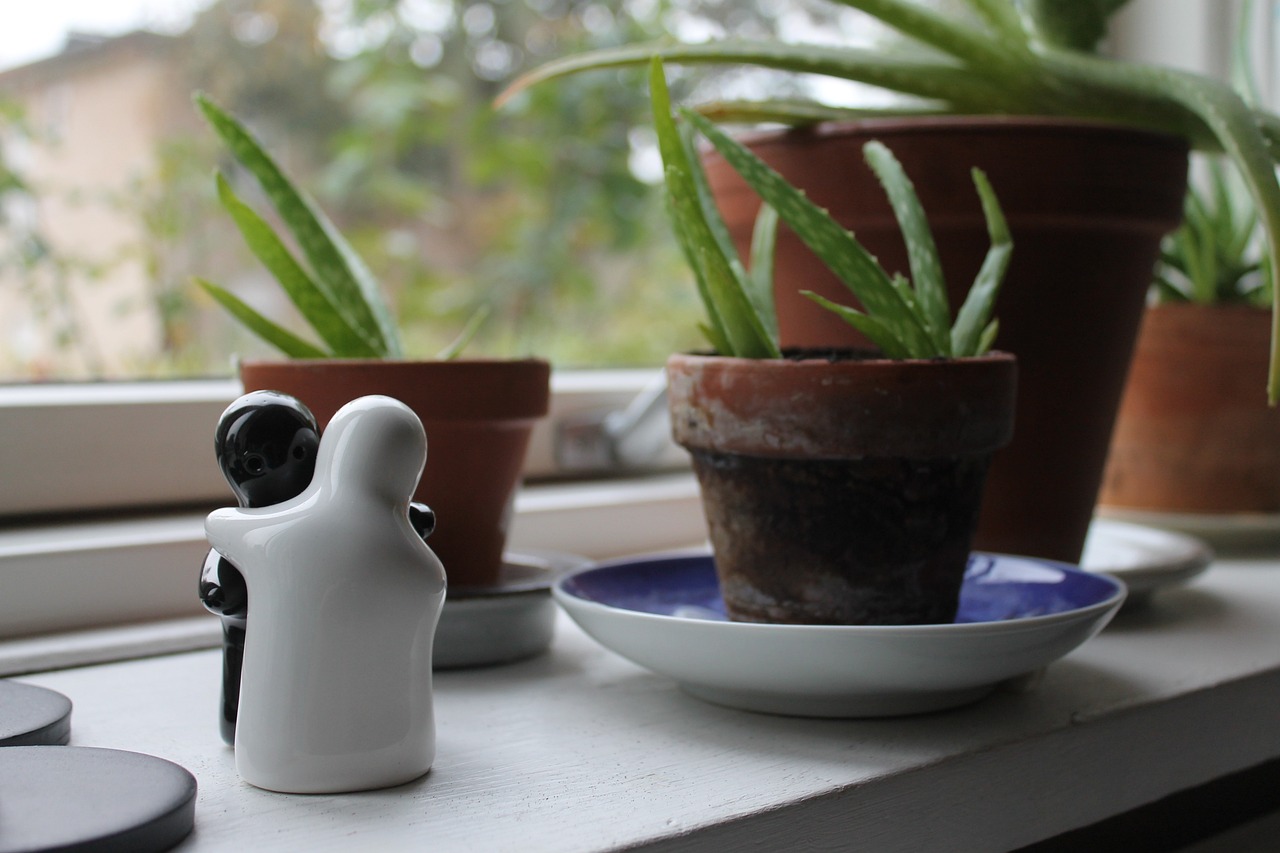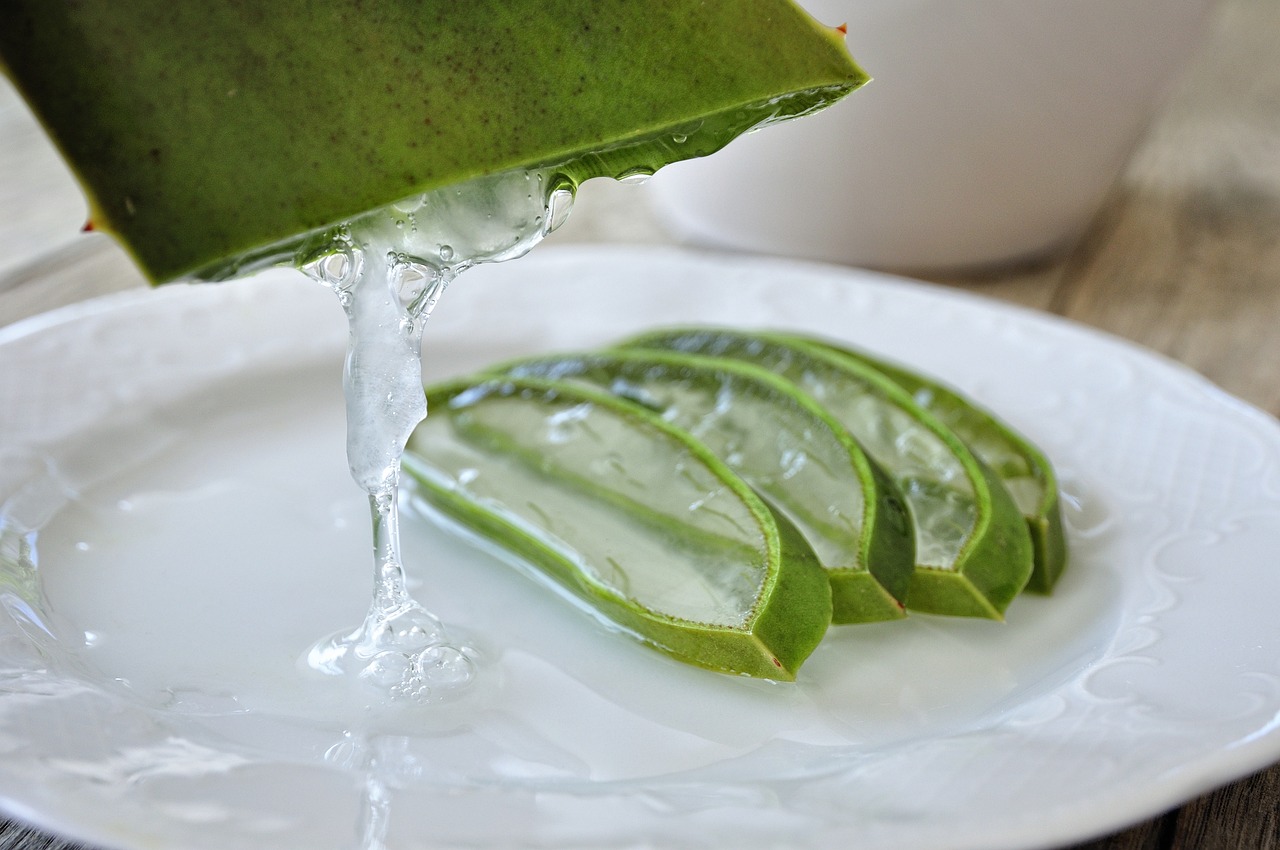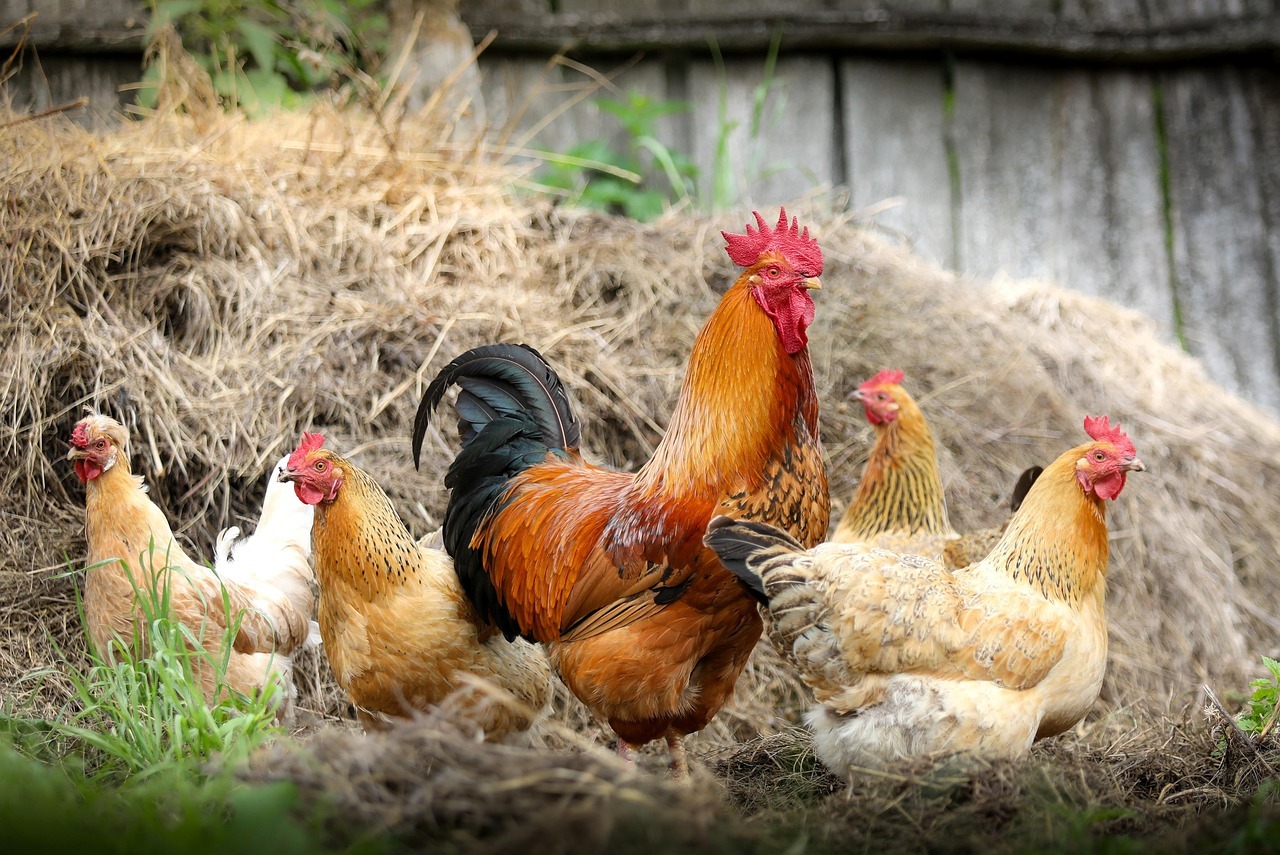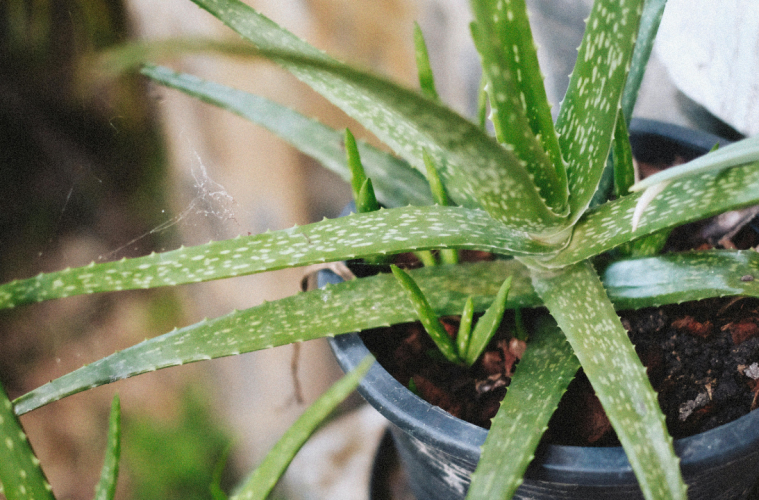Aloe is a medicinal succulent that has been appreciated for its multi-purpose properties for centuries. It has been used to cure skin ailments and is commercially used in skincare products. It is an attractive luscious plant with thick foliage that stands out in any garden or landscape.
Low maintenance
Aloe is a low-maintenance plant as it can survive severe droughts. This plant can grow with very little care. It has adorned the garden for many years with its thick, evergreen leaves. Its low maintenance qualities make it easy to care for houseplants.

Image credit: Pixabay
Different medicinal uses
Aloe vera is a popular and sought-after succulent due to its healing properties, especially for burns. Its broad and layered leaves contain three layers: a thick outer rind, a slimy middle layer, and an inner gel. The inner gel soothes burns, and sunburns, and moisturizes skin, and when diluted with water, it can help with intestinal irritation. A bitter yellow substance beneath the rind, aloin, acts as a laxative.
Aloe’s benefits have been recognized for centuries, but interest grew in the 1930s when researchers found it could heal burns from X-rays and UV rays. Today, it is widely used for treating minor cuts, insect stings, and burns, though research on its properties continues.

Image credit: Pixabay
Good for livestock/poultry preventative care
Aloe is a versatile and invaluable plant celebrated for its medicinal, cosmetic, and practical benefits. Its low-maintenance nature makes it an excellent addition to any garden, while its healing properties have been treasured for centuries, from soothing burns and sunburns to aiding digestion and intestinal health.
Beyond human use, aloe’s applications extend to livestock and poultry care, enhancing animal health and productivity. As research continues to uncover more about this succulent’s remarkable properties, aloe remains a timeless and essential resource in skincare, first aid, and agricultural practices.

Image credit: Pixabay
ALSO SEE:
Image credit: Pixabay

